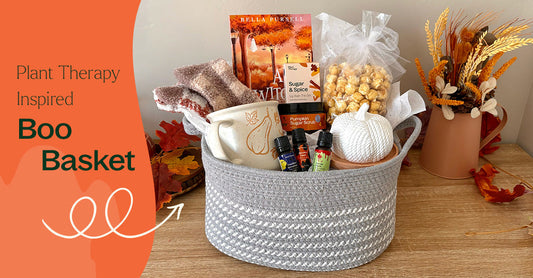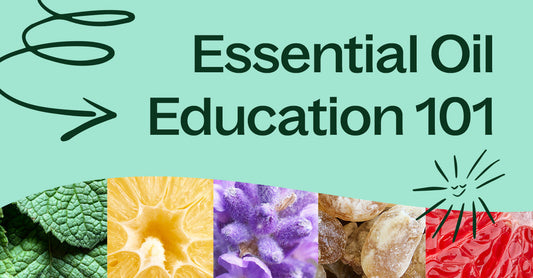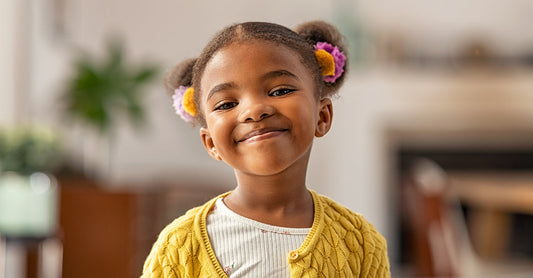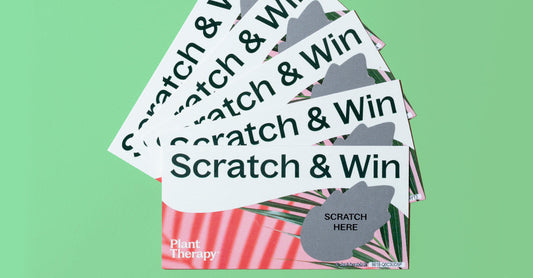I don’t know about you all, but I am weary of the level of unkindness that seems to have taken hold in our society. Social media. Political cross talk. Talk shows. Aggressive driving and road rage. Someone could probably do (and probably has) a social study on the level and volume of hostility that seems at times to float in an unholy gumbo around us.
There have been tons written on what is wrong, what can be done right, and why it should be so. Many share a concern for what seems like an erosion and disconnect from not only basic manners, but also a declining level of discourse and what it means for our culture and society in general. These are big issues that can seem overwhelming and out of our control.
 And, these interactions can be draining to our whole being leaving us with not much to give. But, the good news is, we can fill our cup of compassion with some really simple steps that, in return, provide positive benefits for our own wellbeing. I’ve outlined some ways we can help our health by helping others. And, I’ve included some aromatherapy blends to help mind our mood.
And, these interactions can be draining to our whole being leaving us with not much to give. But, the good news is, we can fill our cup of compassion with some really simple steps that, in return, provide positive benefits for our own wellbeing. I’ve outlined some ways we can help our health by helping others. And, I’ve included some aromatherapy blends to help mind our mood.
So let’s all take a deep breath, let go, and take a look at what we can do. Can we change the world? Maybe. But, I know we can change our inner world and how we interact with the world around us.
“If you wish to experience peace, provide peace for another.”
— The Dalai Lama
As gentle souls, when we take in negative energy around us, it can challenge our health and wellbeing. We’ve talked about stress in Take a Breath and Cool Your Jets. Remember, stress starts in the mind and travels to the body through a stress cocktail of cortisol and epinephrine that can have serious consequences to our health and wellbeing over the long term.
BUT, we also have a group of chemicals that I like to think of as our happy juice. These neurochemicals also start in the brain and travel to the body. And, guess what? They have a positive effect on our health and wellbeing.
Dopamine – The Go Getter
Who loves to make lists and gets a little happy (ok, a lot happy) when you get to make that check mark after the task is completed? That’s your dopamine at work. It is responsible for motivation toward goals and that little happy high you get when you have achieved it. Anyone in the crowd get a little glow from helping others? Kindness also releases dopamine and gives us what is known as the “helper’s high.” In addition to the happy high from helping and doing, dopamine is vital to many functions in our brain such as movement and memory.
Serotonin – The Mood Lifter
Serotonin is thought to be vitally important for keeping our mood and spirits elevated. Low levels are associated with significant bouts of depression. It flows when we feel sense of achievement, fulfillment and a sense of belonging.
Serotonin is not only vital for keeping our mood lifted, it also affects most of our brain cells impacting everything from sexual desire, to sleep, to our ability to learn. In our bodies, serotonin impacts the functions of our cardiovascular and endocrine systems, as well as muscle movement.
Endorphins – The High Way
These are the big-gun chemicals that give us a sense of euphoria and help us reduce the perception of pain. They actually bind to the same receptor sites as morphine giving us the effects without the side effects. Think of a marathon runner hitting the “runner’s high” to get their second wind to finish the distance. But, here’s a fun fact. Researchers have linked laughter to the reduction of pain and believe it is due to the release of endorphins. The pain threshold increased even more when laughter occurred in groups heartily laughing while watching comedy together over 15-minute intervals.
Oxytocin – The Love Connection
This is often referred to as the “love hormone.” It is believed to create bonding through “emotional warmth.” It is what we feel when we fall in love. Or, when a parent sees their new child for the first time. Hugs and warm contact significantly increase oxytocin levels. And, puppy love? Oh yes! When bonded dogs and their humans gaze into each other’s eyes there is a flood of oxytocin in both. According to NIH, oxytocin “lowers the levels of stress hormones in the body, reducing blood pressure, improving mood, increasing tolerance for pain and perhaps even speeding how fast wounds heal.”
So, with the information from above, here are ways we might fill our own cup of compassion:
- Put reaching out to help others on your “to do” list and then do it.
- Participate in groups where you feel like you belong and that give you a sense of fulfillment.
- Enjoy the company of others with whom you love to laugh.
- Provide warm, compassionate touch – especially hugs – to your loved ones (cuddling with your puppy love is included).
Now, let’s add aromatherapy to our master blend of happy juice. In Food for Thought, we talked about the impact aromatherapy has on the mission control center of our brain where mood, behavior, and stress are managed. Setting and supporting our mood is an area where aromatherapy excels. If we aren’t in the mood to start, it can be awfully hard to generate compassion.
Here are some blends I find helpful in my efforts to fill my own cup by inspiring a more uplifted and positive outlook.
Inner Child
This is one of my favorite blends for inviting cheerful energy when my own spirits need a lift.
2 drops grapefruit
2 drops mandarin
1 drop of spearmint
Enjoy in a diffuser, or triple blend for a personal inhaler.
Hopeful Soul
Helps to infuse a sense of enthusiasm and emotional warmth, while inviting positive energy and creating calming and centering experience.
2 drops coriander
1 drop bergamot
1 drop copaiba balsam
1 drop sandalwood
Enjoy in a diffuser, or add to a warm bath before bedtime by blending with 1-2 tablespoons of unscented body wash and ½-1 cup of Epsom salts.
Sacred Space
I use this blend to help support a clear, positive and protected personal space and to help maintain cheerful energy when interacting with others.
2 drops bergamot
2 drops juniper berry
2 drops rosemary
It can be blended into a room spray by combining 6 drops of the blend per each one ounce of pure grain alcohol in a mister bottle. Use before or after interacting with others. You can also pre-blend and add a drop to a diffuser necklace to wear throughout the day.
So, here, we have some simple steps to fill our cup of compassion with happy juice to benefit mind, body and spirit. For when we give happy, we get happy, and then, we can give more happy to those around us. And, that’s a good thing because, as the saying goes, “you can’t pour from an empty cup.”
With our cups refilled, let’s meet back here for A Cup of Compassion Part II to discuss further the benefits of living a compassionate life.
Resources:
Bergland, Christopher. “The Neurochemicals of Happiness.” Psychology Today. Psychology Today, 29 Nov. 2012. Web. 19 Aug. 2016
Mandal, Ananya, MD. “Dopamine Functions.” News-Medical.net. News Medical. Life Sciences and Medicine, 10 Jan. 2010. Web. 23 Aug. 2016.
Bergland, Christopher. “The Neurochemicals of Happiness.” Psychology Today. Psychology Today, 29 Nov. 2012. Web. 19 Aug. 2016.
Feature, Colette Bouchez. “Serotonin and Depression: 9 Questions and Answers.” WebMD. WebMD, n.d. Web. 23 Aug. 2016.
“Exercise and Depression.” WebMD. WebMD, n.d. Web. 29 Aug. 2016.
Welsh, Jennifer. “Why Laughter May Be the Best Pain Medicine.” Scientific American. Scientific American, 14 Sept. 2011. Web. 19 Aug. 2016.
Hamilton, David R., PhD. “5 Beneficial Side Effects of Kindness.” The Huffington Post. The Huffington Post, 2 Aug. 2011. Web. 9 Aug. 2016.
“The Power of Love. Hugs and Cuddles Have Long-Term Effects.” NIH Health in News. National Institutes of Health, Feb. 2007.
Hecht, Julie. “Is the Gaze from Those Big Puppy Eyes the Look of Your Doggie’s Love?” Scientific American. Scientific American, 16 Apr. 2015. Web. 23 Aug. 2016.
“The Power of Love. Hugs and Cuddles Have Long-Term Effects.” NIH Health in News. National Institutes of Health, Feb. 2007. Web. 23 Aug. 2016.










